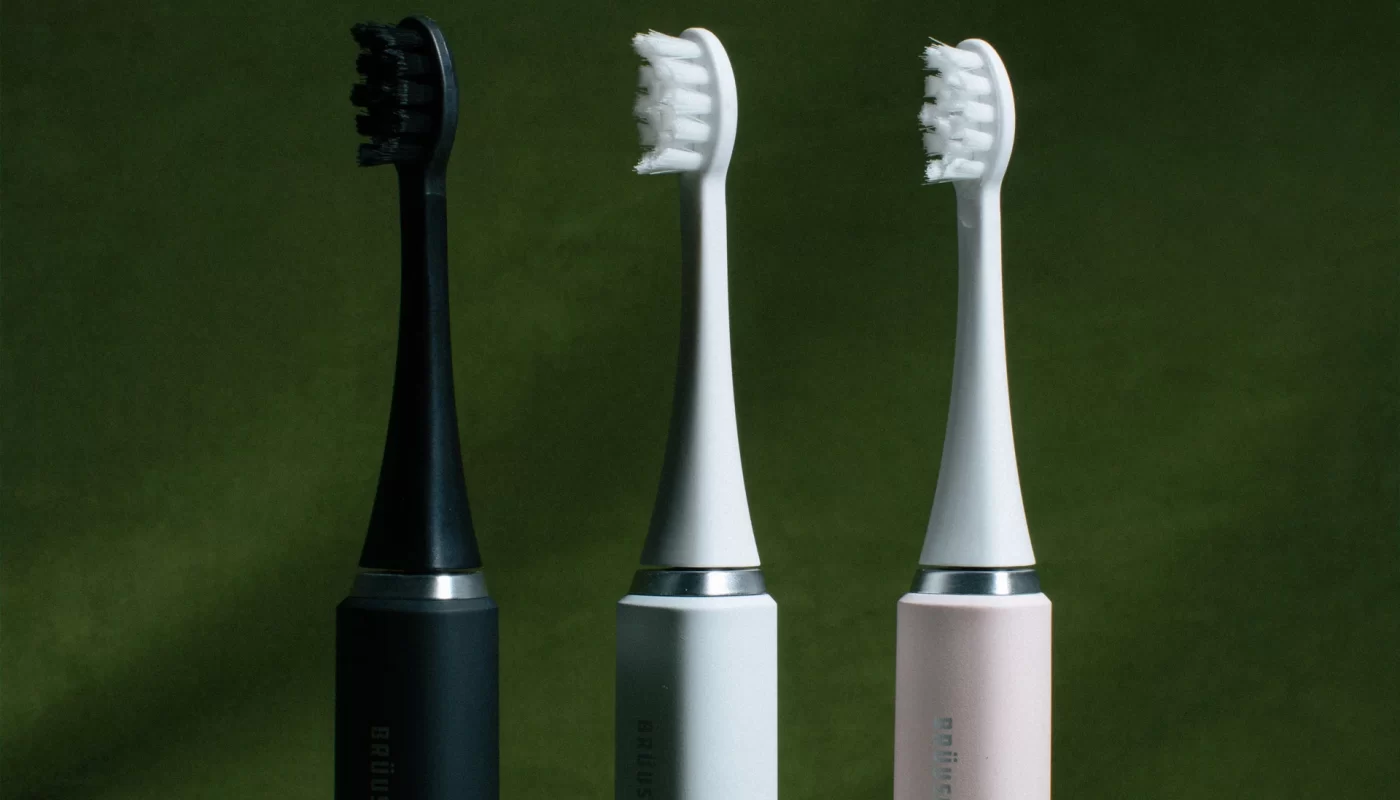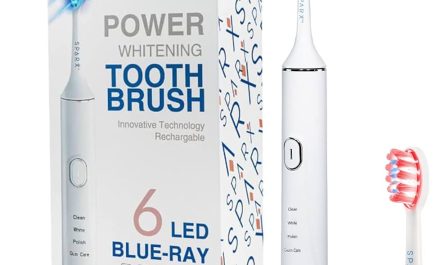Introduction:
Importance of Disinfecting Your Toothbrush after Strep
After receiving a diagnosis of strep throat, it is crucial to take additional hygiene measures to prevent the reoccurrence or spread of the bacteria. One important step is to disinfect your toothbrush to eliminate any lingering strep bacteria that may be present. In this comprehensive guide, we will explore effective methods and steps for disinfecting your toothbrush after strep, ensuring optimal hygiene and reducing the risk of reinfection.

Disinfecting Your Toothbrush after Strep: Effective Steps for Optimal Hygiene
-
Understanding Strep Bacteria
a. Strep bacteria transmission: Streptococcus bacteria, including Group A Streptococcus (GAS), responsible for strep throat, can spread through respiratory droplets or contact with surfaces contaminated by an infected person.
b. Toothbrush contamination: When brushing your teeth while infected with strep, the bacteria can adhere to your toothbrush bristles and handle, potentially leading to reinfection if not properly disinfected.
-
Replacing or Sanitizing Your Toothbrush
a. Discarding the toothbrush: It is recommended to replace your toothbrush after being diagnosed with strep throat. This ensures that any potentially harmful bacteria are completely eliminated, reducing the risk of reinfection.
b. When replacement isn’t immediate: If you are unable to replace your toothbrush immediately, follow the steps below to properly disinfect it.

-
Rinse the Toothbrush Thoroughly
a. Begin by rinsing your toothbrush under warm tap water to remove any residual toothpaste, saliva, or food particles. Ensure that both the bristles and handle are thoroughly rinsed.
b. Use your fingers or a toothbrush sanitizer to loosen any stubborn debris from the bristles, making sure to clean between each individual bristle.
-
Prepare a Disinfecting Solution
a. Create a mixture of antibacterial mouthwash and lukewarm water in a clean cup or container. The proportion should be one part mouthwash to three parts water.
b. Alternatively, you can use mild dish soap or hydrogen peroxide mixed with water as disinfecting solutions. Avoid using straight bleach or other harsh chemicals, as they may damage the bristles or pose a health risk.
-
Soak the Toothbrush
a. Submerge the toothbrush head in the prepared disinfecting solution, ensuring that all of the bristles are fully immersed. Allow it to soak for at least 10 minutes. This time allows the disinfecting solution to eradicate any remaining bacteria on the bristles.
b. If using a toothbrush sanitizer, follow the manufacturer’s instructions for the appropriate soaking time. Most sanitizers require a few minutes to thoroughly disinfect the toothbrush.

-
Rinse and Dry
a. After the soaking period, remove the toothbrush from the disinfecting solution and rinse it under warm tap water. Ensure that all traces of the disinfecting solution are thoroughly rinsed away.
b. Shake off any excess water from the bristles and handle. Pat the bristles gently with a clean towel or use a toothbrush holder or stand to allow the toothbrush to air dry completely. Avoid using a cover or storing it in a closed container, as this may create a moist environment that favors bacterial growth.
-
Additional Precautions and Tips
a. Regular Replacement: As a general rule, it is recommended to replace your toothbrush every three to four months or sooner if the bristles become frayed or worn. This ensures optimal brushing performance and reduces the risk of bacterial buildup.
b. Separation from Others: To prevent cross-contamination within your household, store your toothbrush in a separate cup or an individual holder to avoid contact with other family members’ toothbrushes.
c. Personal Hygiene Practices: In addition to disinfecting your toothbrush, maintain good oral hygiene practices by brushing your teeth at least twice a day, flossing daily, and regularly visiting your dentist for check-ups and cleanings.
d. Sharing Toothbrushes: To prevent the spread of bacteria and infections, never share your toothbrush with others, even within your household.

-
Additional Methods for Toothbrush Disinfection
a. Toothbrush Sterilizer: Consider investing in a toothbrush sterilizer, which uses ultraviolet (UV) light or steam to eliminate bacteria from the toothbrush. Follow the manufacturer’s instructions for proper usage and duration of sterilization.
b. Boiling Method: If your toothbrush is made of heat-resistant materials, such as nylon bristles and a plastic handle, you can boil it in water for a few minutes to kill the strep bacteria. Ensure that the toothbrush is fully submerged and avoid contact with the sides or bottom of the pot to prevent damage.
c. Microwave Method: Some dental experts suggest microwaving the toothbrush for a short period to kill bacteria. Place the toothbrush in a microwave-safe container filled with water and heat it on high for 1-2 minutes. Allow the toothbrush to cool before removing it from the container.
-
Maintaining Good Oral Hygiene Habits
a. Proper Brushing Technique: Remember to brush your teeth using proper technique for at least two minutes, covering all areas of your mouth, including teeth, gums, and tongue. This helps remove bacteria and plaque, reducing the risk of reinfection.
b. Regularly Replace Your Toothbrush: Regardless of any illness or infection, replace your toothbrush every three to four months or sooner if the bristles become frayed or worn. A fresh toothbrush ensures effective cleaning and reduces the risk of bacterial buildup.
c. Store Toothbrushes Separately: Keep your toothbrushes separate from one another in a clean, well-ventilated area to prevent cross-contamination. Avoid storing them in shared holders or containers where moisture can accumulate.
d. Practice Good Oral Hygiene Habits: In addition to disinfecting your toothbrush, maintaining a healthy oral hygiene routine is essential. This includes daily flossing, using mouthwash, and making regular appointments with your dentist for professional cleanings and check-ups.
-
When to Seek Professional Advice
a. If you experience recurring strep throat infections despite proper toothbrush disinfection and oral hygiene practices, consult with your healthcare provider or dentist for further evaluation.
b. Additionally, contact a healthcare professional if you experience any unusual symptoms, severe pain, or prolonged discomfort associated with your oral health.

Conclusion: Safeguarding Your Oral Health
Properly disinfecting your toothbrush after being diagnosed with strep throat is an important step to protect your oral health and prevent reinfection. By regularly replacing your toothbrush, thoroughly rinsing it, preparing a disinfecting solution, soaking the toothbrush, and allowing it to air dry, you can effectively reduce the presence of strep bacteria on your toothbrush.
Remember to maintain good personal hygiene practices, such as regular brushing, flossing, and dental check-ups. By following these steps and incorporating them into your oral care routine, you can minimize the risk of reinfection and maintain optimal oral health.


